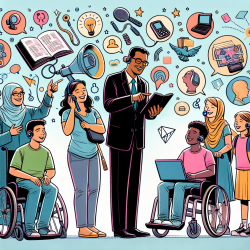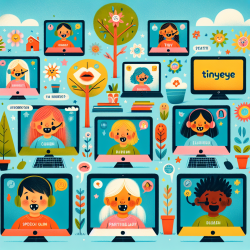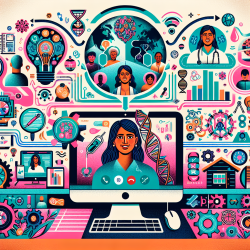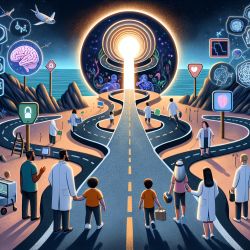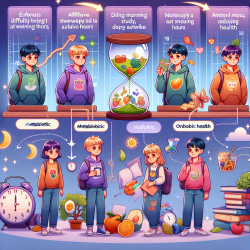As we navigate the complex landscape of education and mental health, the role of educational psychologists has never been more pivotal. With a growing awareness of the importance of mental health in educational settings, there is a curious exploration into how we can better support students not just academically, but emotionally and psychologically. The integration of mental health services and speech therapy staffing within schools presents a unique opportunity for innovation. It's an area ripe for the creation of tools that can empower educational psychologists to offer more effective, efficient, and accessible support to students in need.
The challenge, however, is significant. The demand for mental health services and speech therapy in schools has skyrocketed, yet the availability of qualified professionals has not kept pace. This gap between need and availability creates a bottleneck, where the support students receive is often delayed or diluted. The question then becomes: How can we, as educational psychologists and innovators in the field, leverage technology and creativity to bridge this gap?
One promising avenue is the development and utilization of online therapy services, like those offered by TinyEYE. By providing access to a broader pool of professionals, online platforms can help alleviate the shortage of onsite speech therapists and mental health counselors. This not only expands the reach of these essential services but also introduces a level of flexibility and accessibility that traditional in-person sessions can't match. For students in remote or underserved areas, this could mean the difference between receiving timely support or none at all.
Yet, the implementation of such technologies requires more than just a platform; it demands a rethinking of how we approach therapy and support in educational settings. Educational psychologists are in a unique position to lead this charge, by developing tools and methodologies that are not only effective in an online format but also deeply attuned to the nuances of educational psychology.
Consider, for instance, the creation of digital toolkits personalized for each student, incorporating interactive activities, self-guided exercises, and real-time feedback mechanisms. These toolkits could be designed to support both mental health and speech therapy objectives, providing students with ongoing, personalized support. The role of the educational psychologist would then evolve, not diminish, becoming more of a guide and less of a gatekeeper, facilitating students' self-exploration and growth.
Moreover, the data collected through these online platforms can offer invaluable insights into the effectiveness of different interventions, student engagement levels, and overall progress. This data-driven approach can help educational psychologists refine their strategies, ensuring that the support provided is as impactful as possible. It also opens the door for more collaborative efforts between educational psychologists, speech therapists, teachers, and parents, creating a more holistic support system for students.
However, as we tread this path of innovation, we must remain vigilant about the ethical considerations and the importance of maintaining a human touch. Technology should enhance, not replace, the empathetic and personal connection that is at the heart of effective therapy and support. Ensuring data privacy, securing consent, and fostering genuine connections online are all critical components that must be addressed thoughtfully.
Inspiration, then, comes not just from the potential of technology, but from the vision of a more accessible, personalized, and effective support system for students. It's about imagining a future where every student, regardless of their location or background, has access to the mental health and speech therapy services they need to thrive. As educational psychologists, we have the opportunity—and indeed, the responsibility—to lead the way in making this vision a reality.
The journey ahead is undoubtedly complex, filled with both challenges and opportunities. Yet, by fostering a culture of curiosity, collaboration, and innovation, we can transform the landscape of educational support. Let us be inspired by the potential of what we can create together, for the benefit of our students and the future of education. The time to act is now, and the possibilities are endless.


